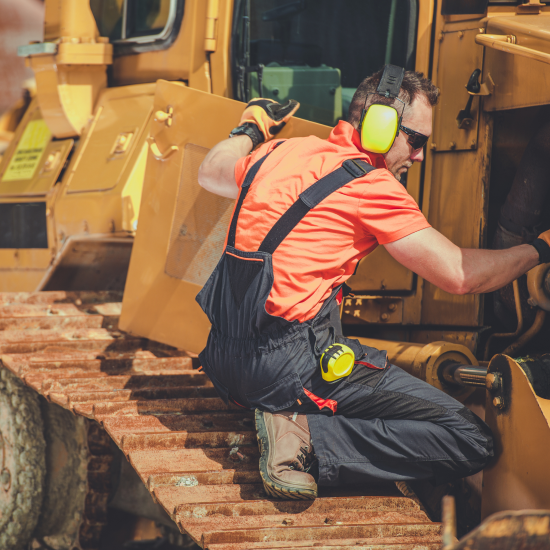Introduction
Hiring managers know expert heavy equipment operators are the backbone of industries like construction and mining. Aside from just moving dirt or lifting steel, these professionals ensure projects stay safe, efficient, and profitable. Yet with rapid automation and tighter safety laws, identifying elite candidates is tougher than ever. This guide gives you the essentials, revealing the must-have skills, certifications, and assessment strategies to hire heavy equipment operators ready to tackle tomorrow’s challenges.
Section 1: Core Skills Every Operator Must Master
1.1 Machine Mastery
Top-tier operators synchronize hand and foot controls to handle equipment with precision. From grading a slope to lifting beams, they balance spatial awareness (judging distances accurately) with real-time adjustments. Modern machinery adds complexity: GPS systems and equipment tracking systems (remote performance monitors) require operators to multitask seamlessly 12.
Pro Tip: Test candidates using simulators that mimic tight urban sites. Look for smooth transitions between digital dashboards and manual controls.
1.2 Safety as a Mindset
OSHA’s 2023 report revealed an 11% spike in heavy machinery fatalities since 2021 3. To reduce risk, prioritize operators who:
- Conduct daily equipment checks (e.g., inspecting hydraulic hoses for leaks).
- Enforce protocols like 360-degree visibility walks and PPE compliance.
1.3 Problem-Solving Under Pressure
Remote sites demand quick thinking. Imagine a bulldozer overheating mid-shift: elite operators diagnose issues using onboard diagnostics, then implement fixes like coolant refills or belt adjustments 1. During hiring, ask for real examples:
1.4 Communication That Prevents Disasters
A 2024 NCCER study tied 68% of equipment accidents to communication gaps. Top performers excel at:
-
Clear radio updates (e.g., “Swinging boom east—clear zone in 10 seconds”).
-
Collaborating with spotters in high-noise environments.

Section 2: Certifications That Guarantee Competence
2.1 The Non-Negotiables
- OSHA 10/30-Hour: Covers critical hazards like trench collapses.
- NCCER Heavy Equipment Level II: Trains operators in hydraulic diagnostics and OSHA compliance—skills directly tied to on-site problem-solving.
2.2 Future-Proof Credentials
-
HEC Telematics Specialist: Teaches semi-autonomous machinery operation.
-
CDL Class A: Legally required for transporting equipment between sites 5.
Warning: Verify certifications through NCCER’s online registry. Fraudulent licenses cost one Texas firm $86k in fines last year.

Section 3: 3 Proven Assessment Strategies
3.1 Simulation Tests That Don’t Lie
Replicate real challenges:
- Uneven Terrain Loading: Can the candidate keep a dump truck stable on a 15-degree slope?
- Emergency Shutdowns: Simulate brake failures to gauge reaction speed.
3.2 On-Site Skill Audits
Shadow candidates during:
-
Pre-Op Inspections: Look for disciplined checks:
✔️ Fluid levels
✔️ Tire pressure
✔️ Safety harness integrity
-
Task Execution: Time how efficiently they load, dig, or grade versus industry benchmarks.

3.3 Behavioral Interviews
Ask targeted questions:
Section 4: Trends Reshaping Hiring in 2025
4.1 Location, Location, Location
Texas oilfield operators earn $28/hour—40% more than Midwest agri-equipment roles 6. Urban projects now require noise control certifications for nighttime work, while mining demands MSHA safety training.

4.2 Tech’s Growing Role
Automation cuts manual labor but demands tech-savvy operators. For example, Volvo’s EC230 Electric excavator requires training in lithium-ion battery management and energy-saving brakes. AI hiring tools (like skill-matching algorithms) slash mis-hires by 40% by filtering for both technical and soft skills 7.

Building a Future-Ready Workforce
Hiring expert heavy equipment operators is about foresight. Prioritize candidates with NCCER certifications and OSHA training, but don’t overlook their grit in icy trenches or clarity on a crackling radio. As electric machinery and AI reshape the field, invest in ongoing training. By blending technical rigor with human insight, you’ll build crews that adapt and even drive change.
Data sourced from OSHA 2023 reports 3, NCCER studies, and equipment manufacturer benchmarks.

